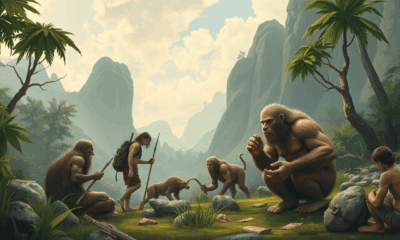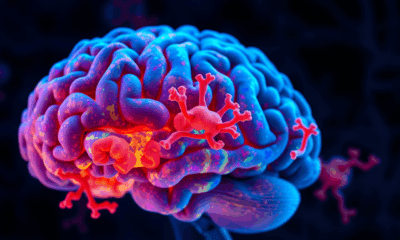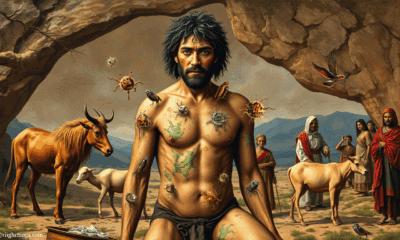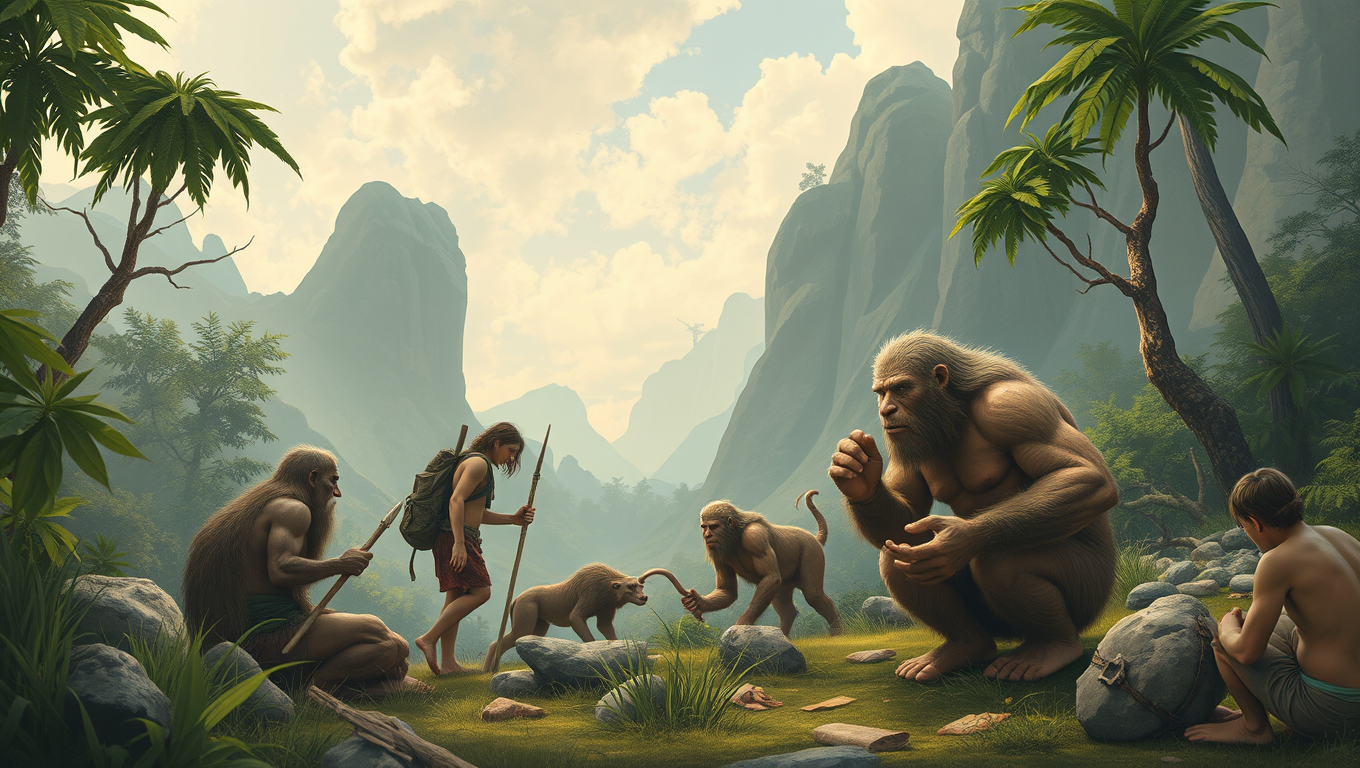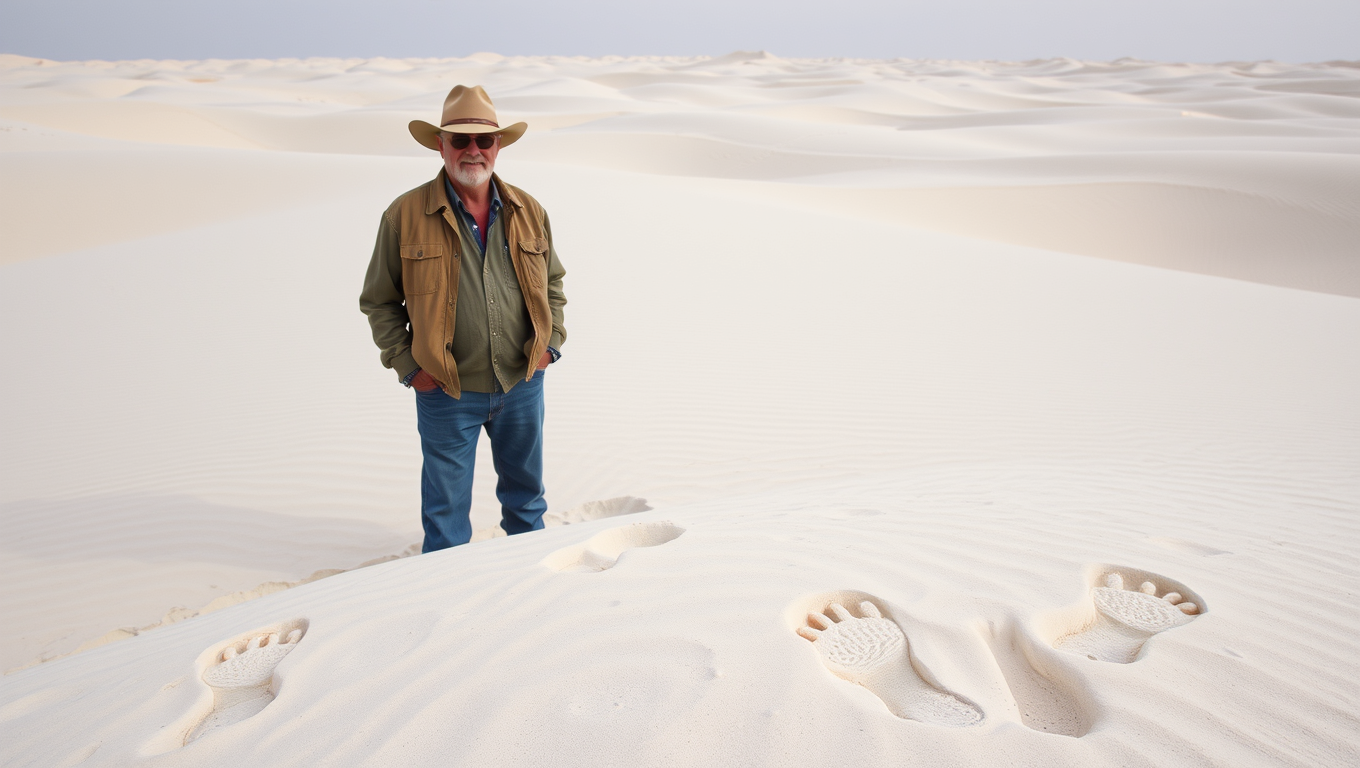While we try to keep things accurate, this content is part of an ongoing experiment and may not always be reliable.
Please double-check important details — we’re not responsible for how the information is used.
Anthropology
A Landmark Experiment Sheds New Light on the Origins of Consciousness
An experiment seven years in the making has uncovered new insights into the nature of consciousness and challenges two prominent, competing scientific theories: Integrated Information Theory (IIT) and Global Neuronal Workspace Theory (GNWT). The findings mark a pivotal moment in the goal to understand the elusive origins consciousness.

Ancient Civilizations
Uncovering Ancient Histories: Princeton Study Reveals 200,000 Years of Human-Neanderthal Interbreeding
For centuries, we’ve imagined Neanderthals as distant cousins — a separate species that vanished long ago. But thanks to AI-powered genetic research, scientists have revealed a far more entangled history. Modern humans and Neanderthals didn’t just cross paths; they repeatedly interbred, shared genes, and even merged populations over nearly 250,000 years. These revelations suggest that Neanderthals never truly disappeared — they were absorbed. Their legacy lives on in our DNA, reshaping our understanding of what it means to be human.
Ancient Civilizations
Unraveling Ancient Mesoamerican History: The Discovery of Te K’ab Chaak’s Tomb
A major breakthrough in Maya archaeology has emerged from Caracol, Belize, where the University of Houston team uncovered the tomb of Te K’ab Chaak—Caracol’s first known ruler. Buried with elaborate jade, ceramics, and symbolic artifacts, the tomb offers unprecedented insight into early Maya royalty and their ties to the powerful Mexican city of Teotihuacan.
Ancient Civilizations
Unburying the Past: Ancient Footprints Rewrite American History
Footprints found in the ancient lakebeds of White Sands may prove that humans lived in North America 23,000 years ago — much earlier than previously believed. A new study using radiocarbon-dated mud bolsters earlier findings, making it the third line of evidence pointing to this revised timeline.
-

 Detectors3 months ago
Detectors3 months agoA New Horizon for Vision: How Gold Nanoparticles May Restore People’s Sight
-

 Earth & Climate4 months ago
Earth & Climate4 months agoRetiring Abroad Can Be Lonely Business
-

 Cancer4 months ago
Cancer4 months agoRevolutionizing Quantum Communication: Direct Connections Between Multiple Processors
-

 Agriculture and Food4 months ago
Agriculture and Food4 months ago“A Sustainable Solution: Researchers Create Hybrid Cheese with 25% Pea Protein”
-

 Diseases and Conditions4 months ago
Diseases and Conditions4 months agoReducing Falls Among Elderly Women with Polypharmacy through Exercise Intervention
-

 Albert Einstein4 months ago
Albert Einstein4 months agoHarnessing Water Waves: A Breakthrough in Controlling Floating Objects
-

 Chemistry4 months ago
Chemistry4 months ago“Unveiling Hidden Patterns: A New Twist on Interference Phenomena”
-

 Earth & Climate4 months ago
Earth & Climate4 months agoHousehold Electricity Three Times More Expensive Than Upcoming ‘Eco-Friendly’ Aviation E-Fuels, Study Reveals



